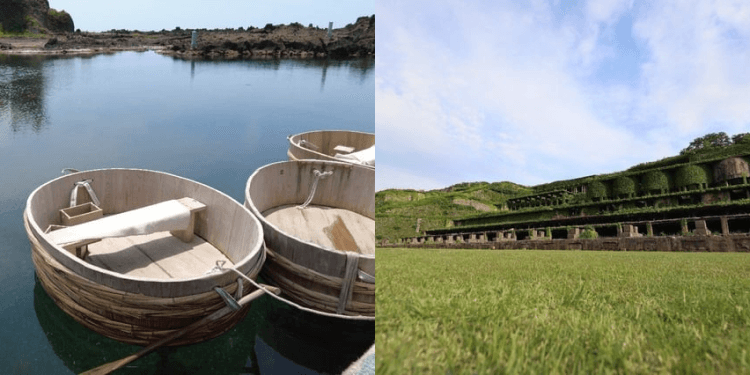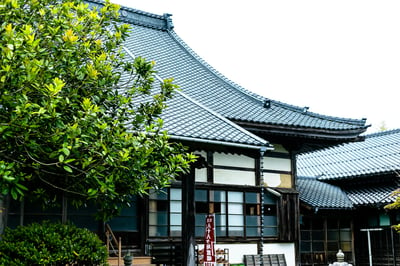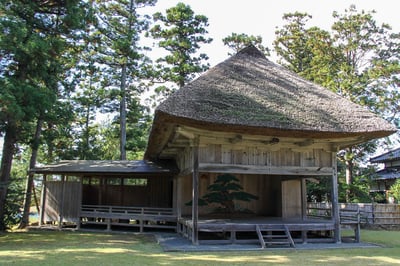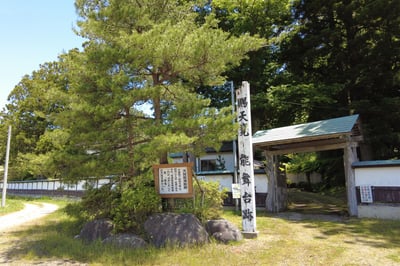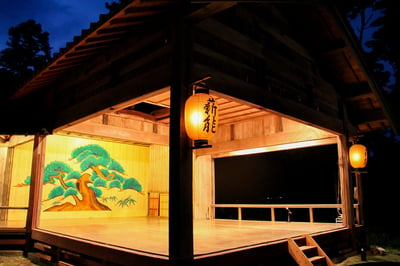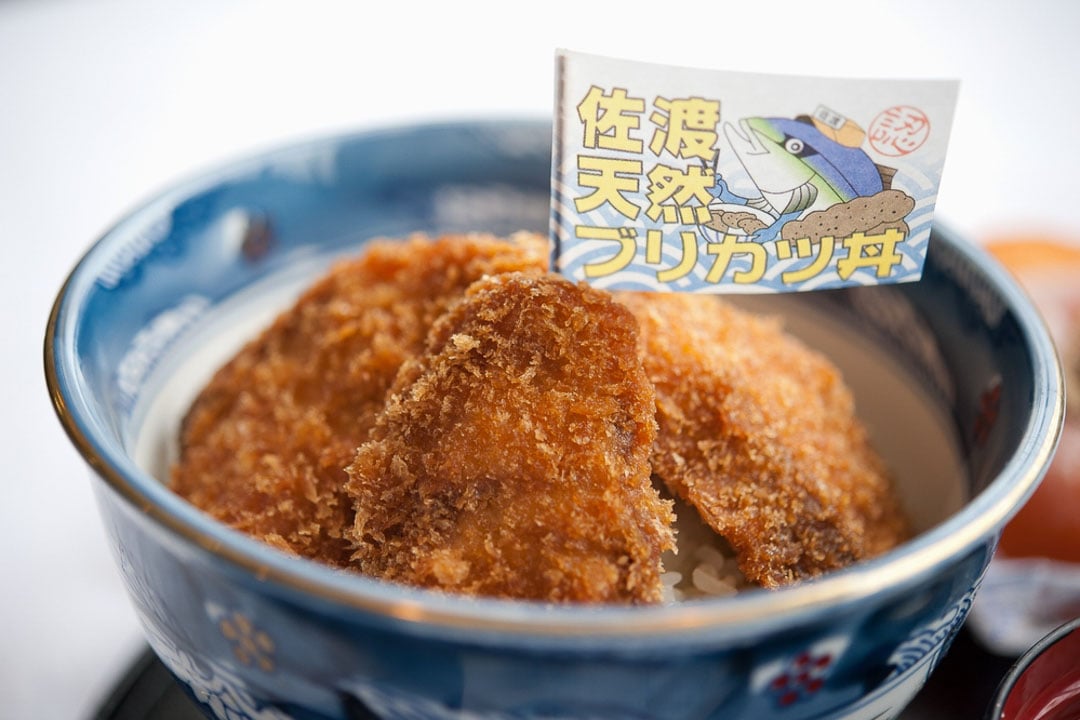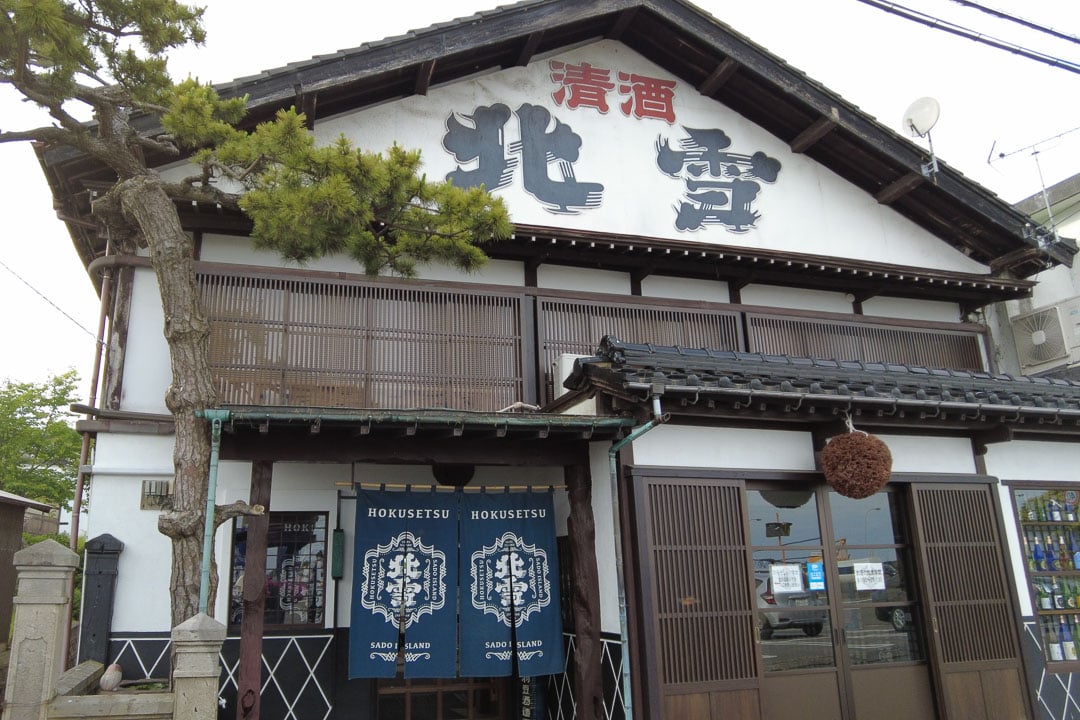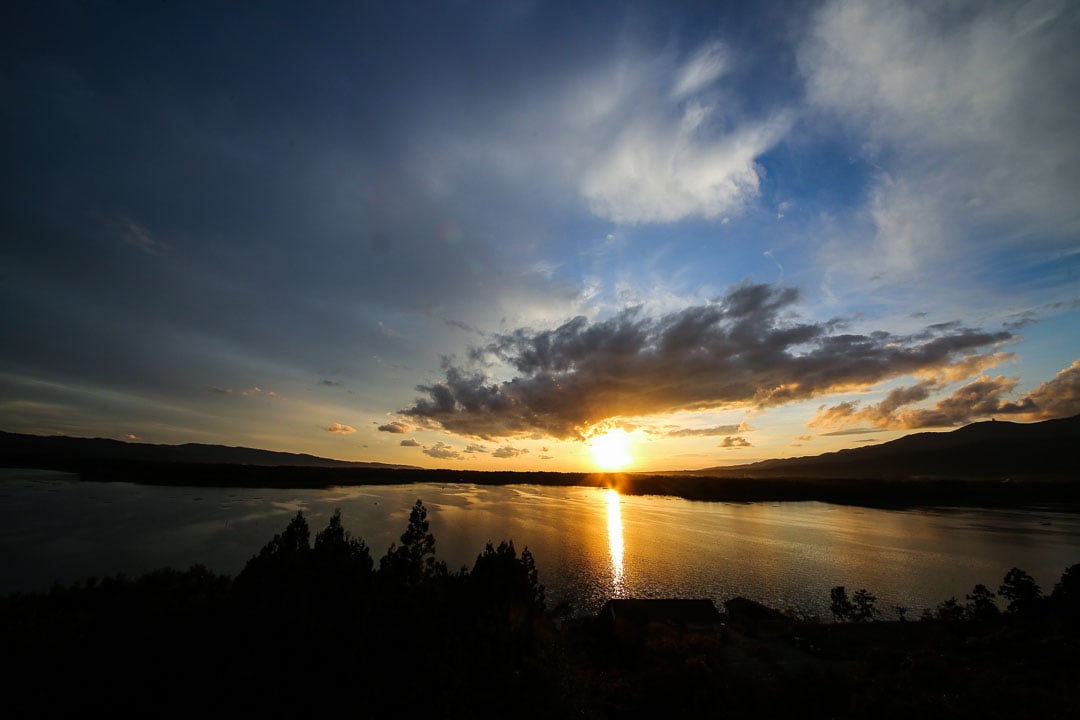Sados Island
Zeami's Exile and the Flourishing of Sado Noh in the Edo Period
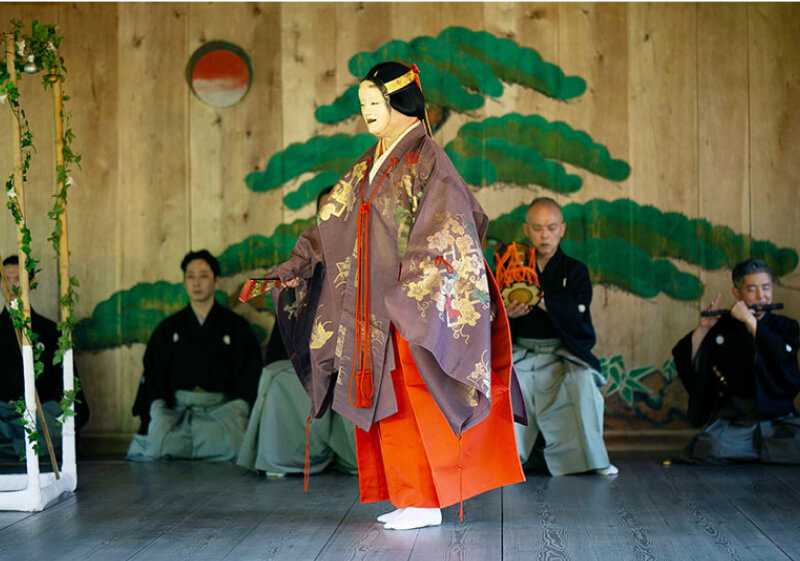
Sado Island, the largest island in the Sea of Japan, is renowned for once having over 200 Noh stages. Even today, more than 30 of these stages remain, and the island's residents continue to perform Noh. The spread of Noh on Sado Island began during the Edo period. Blessed with abundant gold and silver resources, Sado Island became a territory of the Shogunate. The first commissioner initiated Noh performances as offerings at various shrines across the island, making it accessible not only to samurai but also to the general public. Today, islanders continue to perform Sado's Noh from April to October every year. Additionally, Noh is incorporated into school curriculums, ensuring that the tradition of Sado's Noh is passed on to the next generation.

